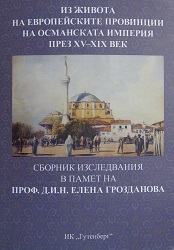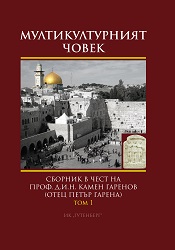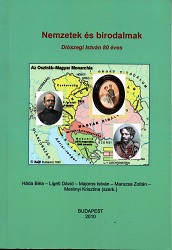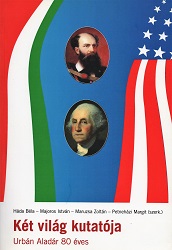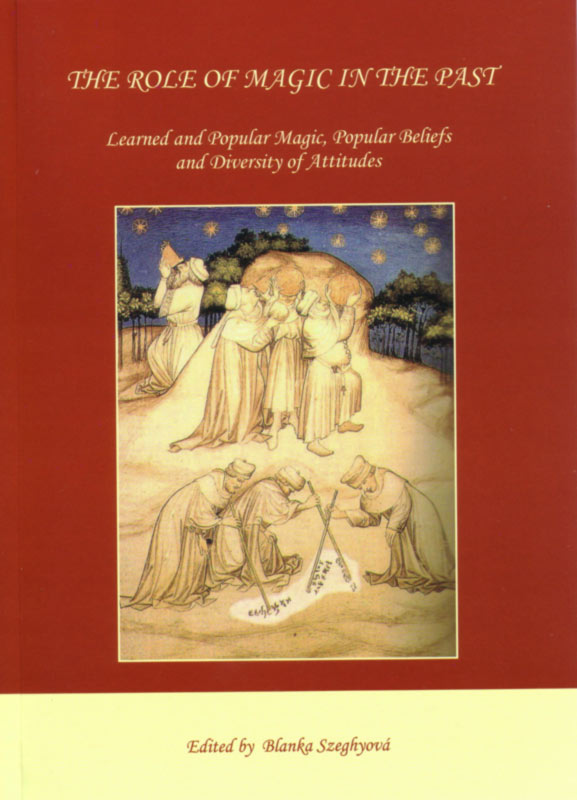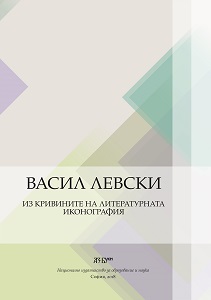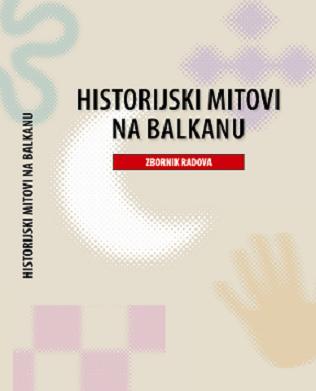
Simbolični identitet Hrvatske u trokutu raskrižje - predziđe - most
Simbolična dimenzija politike uvijek je u nekom odnosu s materijalnom osnovicom političke moći, a svako društvo ima samosvojan politički imaginarij koji ga defi nira kroz mrežu simbolično izgrađena značenja i posvećuje njegove norme; zajednica ili njeni segmenti koriste se elementima toga imaginarija u svojoj “identitetskoj borbi”.1 U tom je smislu u petstoljetnom rasponu u Hrvatskoj ključan motiv predziđa kršćanstva/Europe u značenjskim i funkcionalnim varijacijama ovisnima o odnosima političke moći, unutrašnjima i vanjskima. U njemu se zrcali združivanje i/ili razdvajanje simboličnih, kulturalnih i političkih granica; on daje kriterije prema kojima se te granice konceptualiziraju.
More...
